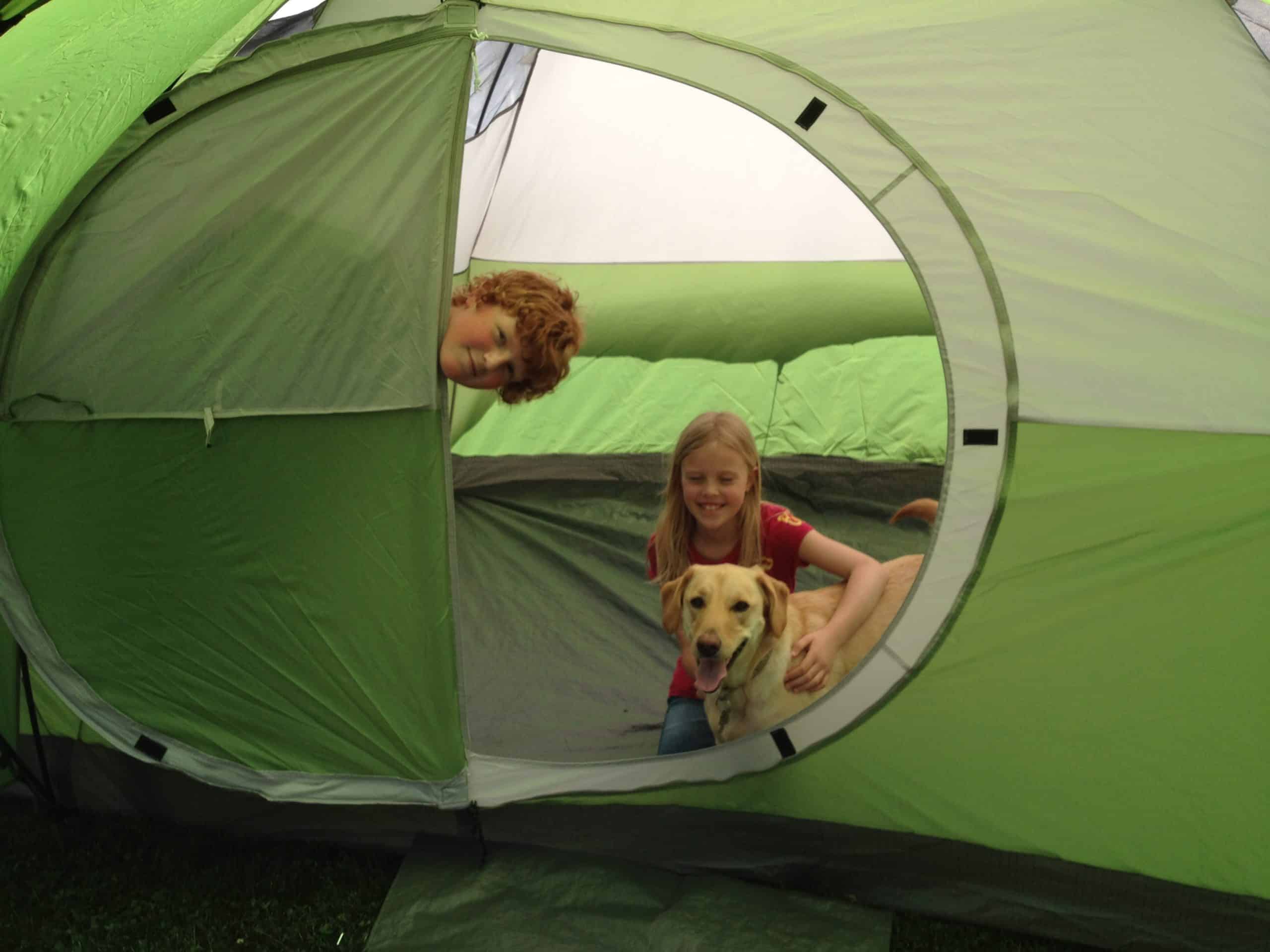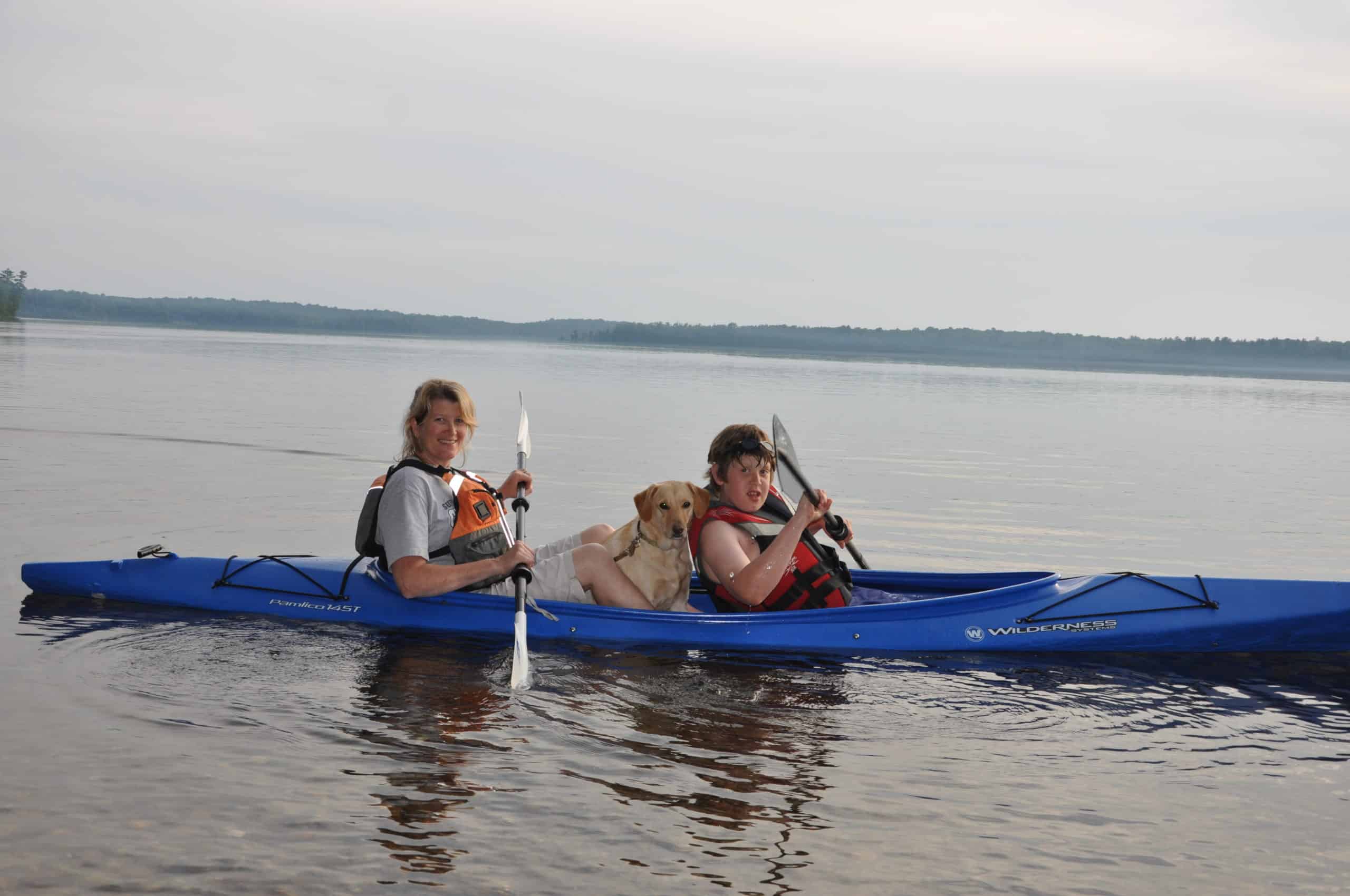8 ways to connect kids to the outdoors this summer
By Bob Barteck, IAFF Local 425 Alumni
Growing up in a little northern Wisconsin town, my brother, John, and I were wild kids that spent all of our free time in the woods and waters near our home. There was no internet then, we didn’t have cable TV and we lived to be outside. For us, every day was a new and exciting adventure of our own choosing—we swam, climbed trees, caught frogs and snakes, built stick forts and let our unbound imaginations steer our lives. We were untamed and unencumbered by all of the woes of the world. We were wild children!
Our kids today have it much tougher. The invention of the internet, smart phones, Netflix and 200 channel TVs are robbing them of the wild upbringings we had. Today’s plugged-in, tuned-in, logged-on world is inhibiting their natural adventuresome spirits. The good news is that it’s not too late—grand adventures still await those who seek them. Here are eight ideas to turn your kid into a wild child this summer.
Camping
Camping is simple, easy, affordable and fun. A cheap tent, a couple sleeping bags and, most importantly, a positive attitude and you can turn an overnight in the backyard into a wild adventure to a new, undiscovered place. If your kids are really young, start with a night in the tent in the living room, then in the backyard and then to an actual campground. Ease into it, and avoid camping if it’s wet or cold until they are seasoned campers. A roaring campfire and headlamp for each kid helps ease the fear of the dark. Lots of food and snacks keep tummies quiet and happy too. Campgrounds are plentiful and easy to find with a little research. Our family prefers National Forest campgrounds because they are typically more remote and have more distance between the campsites. Most feature a lake or other natural point of interest that can provide additional opportunities. Check out www.reserveamerica.com to find a campsite that suits your comfort level.

Photography
Photography is a way for kids to look at the outdoors through a totally different lens. A camera can steer kids to discover new and beautiful things they might not normally notice. Tell them you are taking them on a photo safari. Then go to a local natural area to explore with camera in hand. Set out on your safari to discover and document bugs, birds, flowers, landscapes, sunsets and wildlife of all kinds. Digital cameras can be found in a variety of price ranges to fit your budget. I recommend spending as much as you can afford on a camera. Cell phone cameras still lag in picture quality when compared to a quality DSLR camera, and the point is to get the kids away from their phones and connected to the world around them. The photos you take together while on your safari will forever remind you about your time together venturing into new and wild places.
Kayaking
The surge of interest in small kayaks is easy to understand once you paddle one. People young and old love being on the water, and a 10 or 12-foot kayak is affordable and easy to paddle. Their small size, slow speed and quiet propulsion provide a more intimate connection to the water and the wildlife that surrounds it. Our family frequently paddles the rivers around our home. Getting a few friends to join in adds to the enjoyment and helps with pre-positioning vehicles. We typically plan two to four hour paddles starting upstream and ending at a bridge or take-out where we can leave a vehicle. Pack a picnic lunch to enjoy in a scenic spot and a waterproof camera to capture the scenery. Websites like www.paddling.com can help you find a paddling adventure near you.

Campfire Cooking
Cooking over a campfire brings out something primal in kids. The simple act of cooking a meal becomes a lesson about where their food comes from. There are lots of fun campfire recipes, but simple hobo meals like a hot dog on a stick or smores make it fun and easy to cook over an open fire. If you take the time to plan ahead and do a little of the prep work ahead of time, cooking over a campfire can be enjoyable for adults too. Always have a backup plan to feed the hungry if things get burned or don’t turn out. In Boy Scouts, we start the kids with basic, fun foods and, within a couple years, they are making gourmet meals in Dutch ovens over open fires.
Rock Climbing
Getting into rock climbing is not difficult, and good spots can be found all over. Rock climbing doesn’t need to be as extreme as highly technical climbs on steep pitches. Instead, think about climbing lower angle rocks and hillsides. With some basic safety training, single belay line, a simple harness and helmet, you can be off for a grand adventure. I recommend hiring a guide the first couple of times to learn the basics and experiment with equipment. Typically, they are affordable and excited to teach the sport to newcomers. The big thing to remember is not to over complicate it. Kids naturally are curious climbers. Just add in a measure of safety, and the enjoyment of a day exploring rocks will trump Snapchat any day.
Take a hike
Turn a simple walk in the woods into an adventuresome hike exploring a new and wild place. Bring the camera, binoculars and a birding book to maximize the time on the trail. Make a game out of who can spot the most bird and wildlife species. The level of enjoyment on a hike is totally set by you. If you bring a level of excitement and discovery, the kids will too. Bring along a pack with plenty of snacks, water, sunscreen and bug spray. Each hike can be framed as a new journey with untold wonder with you as the guide. Point out things that might be obvious to you but not the kids, such as plants, animals or landscape features. This is your chance to impart your woodsman knowledge onto the next generation.

Fly a kite
Modern kites have come a long way from the old cross framed ones we used to make from dowels and paper and then promptly crash. The new aerodynamic delta designs make modern kites easy to fly and beautiful to watch. For a young child, it is hard to beat the magical experience of holding onto a string while a kite pulls and dances in the sky on the other end. Kite flying is affordable, and the equipment can be used over and over again. Pick up a couple of kite kits and help the kids build and decorate them. They will love the time spent with you in anticipation of watching something they have made soar high into the blue sky. Have the kids help watch the forecast for a day with some steady winds. Then head to the local park or open space for a couple of hours of fun.
Geocaching
Geocaching offers a simple but thrilling premise to kids. Use a simple GPS device to find hidden treasures! Kids and adults love the allure of navigating and searching not knowing what will be found at the cache. Geocaches are everywhere; I bet you have one within a few blocks of your home. Visit the website www.geocaching.com and set up a free account. Then search for caches that you would like to look for. Typically, most caches will have marked trinkets that you can take and then relocate to a different cache. You can log your finds on the website and begin marking off geocaches found on your family trips. Plus, it is a good excuse for you to get that new GPS you have been thinking about too.
Take this list of ideas to the kids. Then, hide their smart phones and get outside to pursue some adventures in the great outdoors. Fun, exciting and engaging outdoor activities bring out their imaginations and will help them find their inner wild child.







